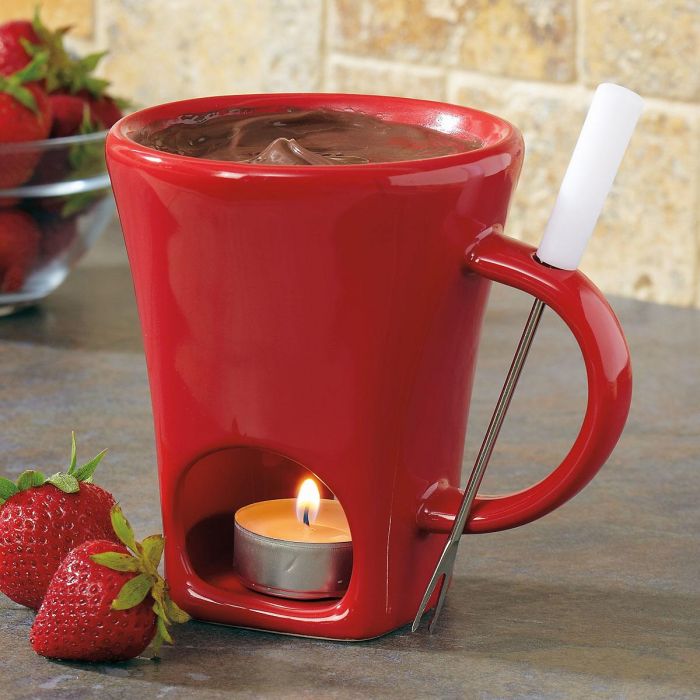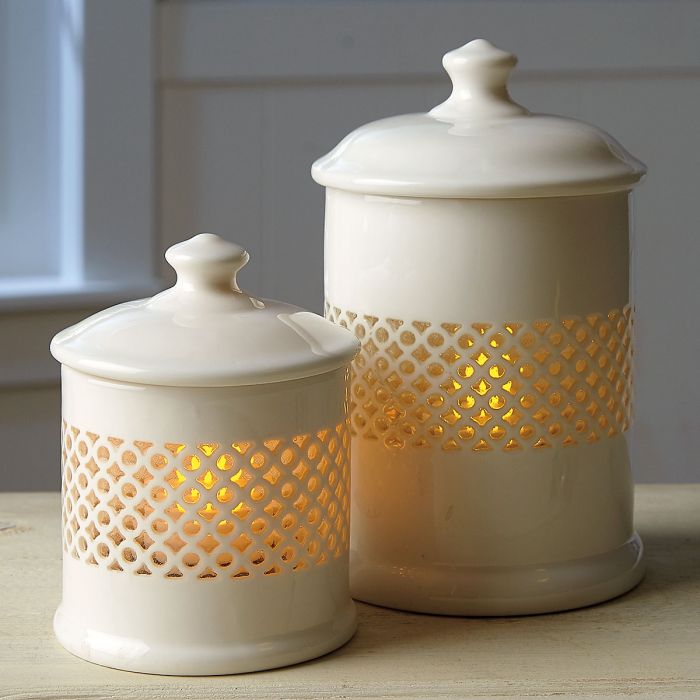 Candles have long been a source of light in cultures around the world. In many different religious traditions, the act of lighting candles in a religious context is considered a sacred action. The candle symbolizes light in the darkness of life and is the symbol of the holy illumination of the spirit of truth. In Christianity, the candle is commonly used both for decoration and ambiance in worship, and as a symbol that represents the light of God or, specifically, the light of Christ. When lit in times of death, candles signify the light in the next world, and represent Christ as the light in Christianity. Candles are lit for prayer in some religious denominations. To “light a candle for someone” indicates one’s intention to say a prayer for that person, with the candle symbolizing that prayer.
Candles have long been a source of light in cultures around the world. In many different religious traditions, the act of lighting candles in a religious context is considered a sacred action. The candle symbolizes light in the darkness of life and is the symbol of the holy illumination of the spirit of truth. In Christianity, the candle is commonly used both for decoration and ambiance in worship, and as a symbol that represents the light of God or, specifically, the light of Christ. When lit in times of death, candles signify the light in the next world, and represent Christ as the light in Christianity. Candles are lit for prayer in some religious denominations. To “light a candle for someone” indicates one’s intention to say a prayer for that person, with the candle symbolizing that prayer.
 Candles come in all shapes and sizes, from tiny tealight candles which derived their name from use as teapot warmers but are also used as food warmers and decorative accents, to large candles used in both indoor and outdoor landscapes. Tealight candles are a popular choice for votive candles in many churches. They are also suitable for heating scented oil in potpourri pots. Candles were used in ancient times as a source of light for travelers and in homes, and were popular holiday decorations in many countries, adorning Christmas trees, holiday wreaths, door posts and fireplace mantles.
Candles come in all shapes and sizes, from tiny tealight candles which derived their name from use as teapot warmers but are also used as food warmers and decorative accents, to large candles used in both indoor and outdoor landscapes. Tealight candles are a popular choice for votive candles in many churches. They are also suitable for heating scented oil in potpourri pots. Candles were used in ancient times as a source of light for travelers and in homes, and were popular holiday decorations in many countries, adorning Christmas trees, holiday wreaths, door posts and fireplace mantles.
Today, candles are popular in wedding ceremonies as aisle and altar decorations, and as a decorative source of light in reception table centerpieces. During the wedding ceremony, many brides and grooms light separate candles individually and then use their combined flames to light a unity candle, symbolizing the coming together of the two individuals as one united couple. Sometimes the matriarchs of each family will carry out this gesture, symbolizing the coming together of two separate families.
 Although their origin is uncertain, some believe the first people to develop and use candles were the Ancient Egyptians, who used rushlights or torches made by soaking the pithy core of reeds in melted animal fat. Candle making was developed in many places around the world throughout history, with the ancient Romans beginning about 500 BC. by making dipped candles from tallow. While oil lamps were the most widely used source of illumination in Roman Italy, candles were common and regularly given as gifts during Saturnalia. Evidence for candles made from whale fat in China dates back to the Qin Dynasty (221–206 BC). In India, wax from boiling cinnamon was used for temple candles. Yak butter was used to make candles in Tibet. In parts of Europe, the Middle-East and Africa, where lamp oil made from olives was readily available, candle making remained unknown until the early middle-ages. Candles were primarily made from tallow and beeswax in ancient times, but have been made from spermaceti, purified animal fats (stearin) and paraffin wax in recent centuries. The oldest surviving beeswax candles found north of the Alps came from the Alemannic graveyard of Oberflacht, Germany dating to 6th/7th century A.D. There is a fish called the eulachon or “candlefish”, a type of smelt which is found from Oregon to Alaska. During the 1st century AD, indigenous people from this region used oil from this fish for illumination. A simple candle could be made by putting the dried fish on a forked stick and then lighting it. [Wikipedia]
Although their origin is uncertain, some believe the first people to develop and use candles were the Ancient Egyptians, who used rushlights or torches made by soaking the pithy core of reeds in melted animal fat. Candle making was developed in many places around the world throughout history, with the ancient Romans beginning about 500 BC. by making dipped candles from tallow. While oil lamps were the most widely used source of illumination in Roman Italy, candles were common and regularly given as gifts during Saturnalia. Evidence for candles made from whale fat in China dates back to the Qin Dynasty (221–206 BC). In India, wax from boiling cinnamon was used for temple candles. Yak butter was used to make candles in Tibet. In parts of Europe, the Middle-East and Africa, where lamp oil made from olives was readily available, candle making remained unknown until the early middle-ages. Candles were primarily made from tallow and beeswax in ancient times, but have been made from spermaceti, purified animal fats (stearin) and paraffin wax in recent centuries. The oldest surviving beeswax candles found north of the Alps came from the Alemannic graveyard of Oberflacht, Germany dating to 6th/7th century A.D. There is a fish called the eulachon or “candlefish”, a type of smelt which is found from Oregon to Alaska. During the 1st century AD, indigenous people from this region used oil from this fish for illumination. A simple candle could be made by putting the dried fish on a forked stick and then lighting it. [Wikipedia]
Although you probably won’t see a lot of dried fish being used as candles today, candles do appear in many works of art due to their symbolism of bringing light to a dark situation. Artists use symbolism to convey a message without using words to get a point across to a viewing audience. The wax candle is a unique tool for artists because when it is used as a symbol, the meaning and significance of the candle are capable of changing, depending on the context of the painting. Candles themselves are a form of art due to the ability of wax to be poured, carved, and shaped into various sizes, shapes, and designs. Almost any vessel can be used as a candle mold, offering infinite possibilities for the candle artist.
Scented candles are used in homes all over the world to create a warm atmosphere as well as a pleasing aroma, with entire businesses centered around producing scented candles of all varieties. Many spas use scented candles for their aromatherapy benefits, adding an element of relaxation to services such as facials, massages, and foot scrubs. The introduction of flameless, battery-powered candles meant families could have the benefits of candlelight without the danger of an open flame.
 Whether you’re using candles to celebrate a birthday, create a relaxed atmosphere, brighten up a dark corner of your home with a decorative votive and holder, use as a decorative element in a display, or add a romantic glow to your next at-home date night, candles are a simple and elegant way to bring soft, calming light to your indoor or outdoor living space.
Whether you’re using candles to celebrate a birthday, create a relaxed atmosphere, brighten up a dark corner of your home with a decorative votive and holder, use as a decorative element in a display, or add a romantic glow to your next at-home date night, candles are a simple and elegant way to bring soft, calming light to your indoor or outdoor living space.





